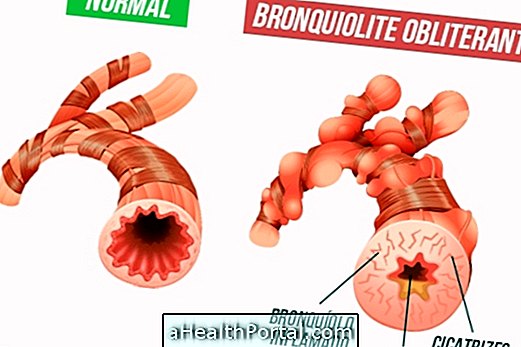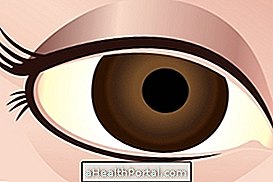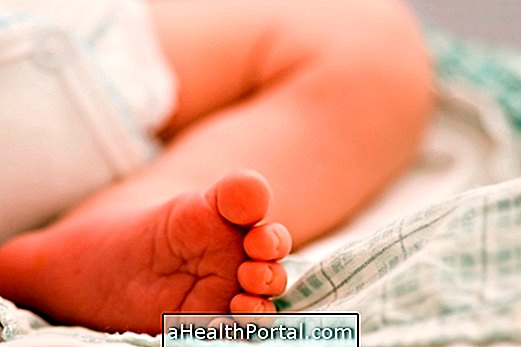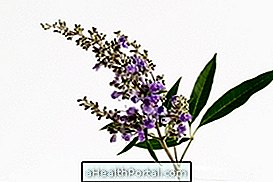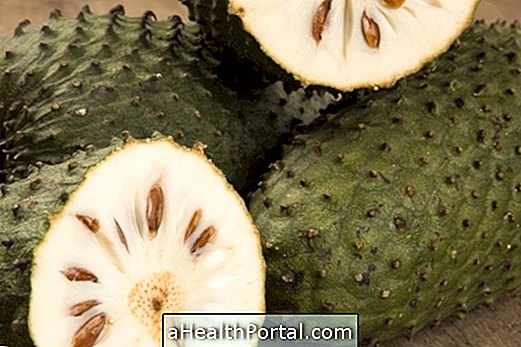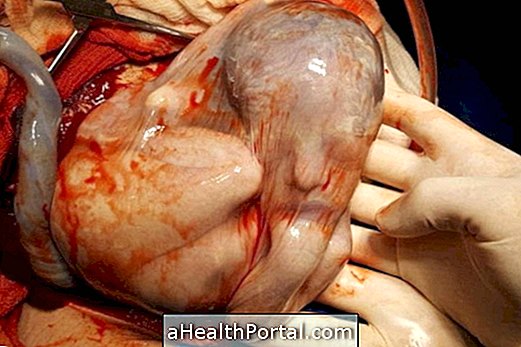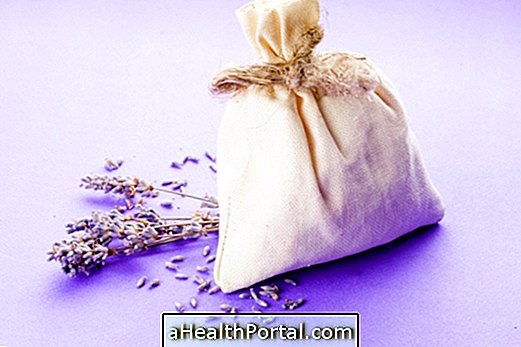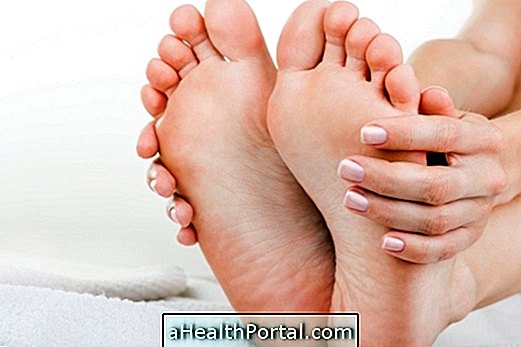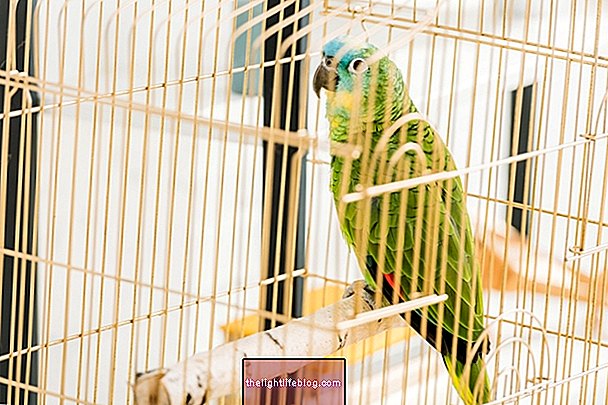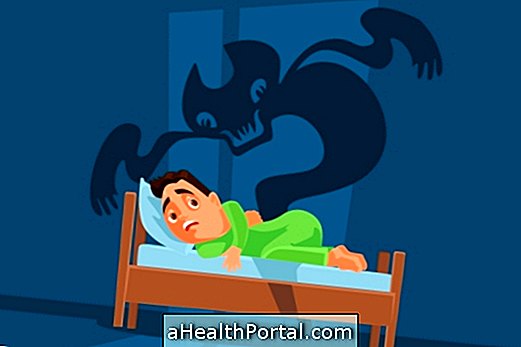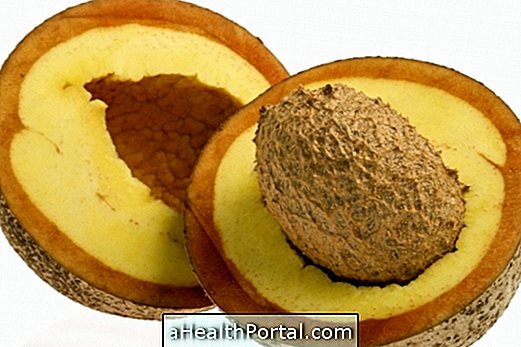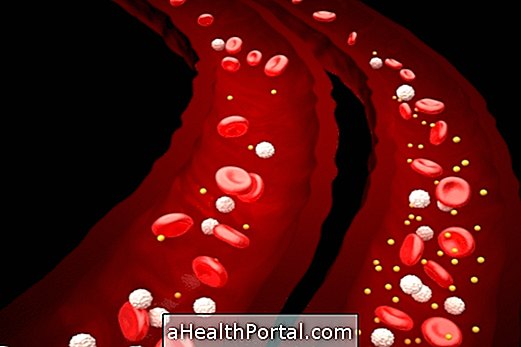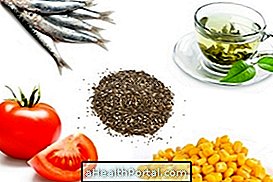It is normal for the baby's first poop to be dark green or black because of substances that have accumulated in your gut during gestation. However, this color may also indicate the presence of infection, food intolerance or may be a consequence of milk change, or even due to the use of medications.
When green poop comes accompanied by other symptoms such as intense crying or fever it is recommended to take it to the pediatrician so that he can evaluate what is happening and indicate the necessary treatment.
Main causes of green stools in baby
Here's what to do in each case:
1. Mecone
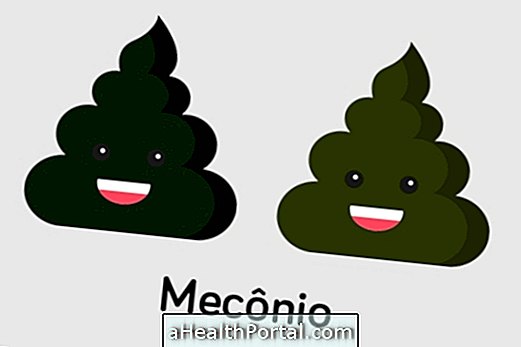
Meconium is the baby's first poop and is characterized by having a dark green or black color, which is clearing over the days. It is normal for the dark color to remain for up to a week after delivery, when it begins to lighten and become slightly yellowish, and may also appear greenish lumps. Learn more about meconium.
- What to do: Continue to feed the baby normally, as this color change is natural and healthy.
2. Breastfeeding
It is normal for babies who drink exclusively breast milk to have light green stools. However, if the stools become darker and have a foamy texture, it may be a sign that he is only breastfeeding the milk that comes out of the breast, which is rich in lactose and low in fat, which does not favor its growth.
- What to do: Be careful that the baby completely empties one breast before passing it to another because the fatty part of the milk comes at the end of the feed. If the baby gets tired or stops breastfeeding, when he feels hungry again he should give the same breast as the previous feeding, so that he finish receiving the nutrients.
3. Change of milk
Children who take milk formulas usually have dark yellow stools, but common color changes to greenish when changing formula.
- What to do: If all is well, after about 3 days the color returns to normal, but it is also important to note if other signs such as diarrhea and frequent cramps arise, as they may be a sign of intolerance to the new formula. In these cases, one should go back to the old formula and seek the pediatrician to receive new indications.
4. Intestinal infection
The intestinal infection makes the intestinal transit faster, causing diarrhea. Thus, bile, the greenish substance responsible for digesting fats, is quickly eliminated from the intestine.
- What to do: If your baby has 3 stools more than normal or if you also have fever or vomiting, you should see your pediatrician.

5. Green foods
The color of the stool may also be due to a sensitivity to foods in the mother's diet or the high consumption of green foods by babies already eating solid foods such as spinach, broccoli and lettuce.
What to do: Breastfeeding women should have a balanced diet and be alert to the consumption of new foods that can cause changes in the feces of infants, including cow's milk, which can cause allergy in the child. For babies who consume solid foods, remove green vegetables and watch for symptom improvement.
6. Antibiotics
The use of antibiotic medicines can change the color of the stool by lowering the intestinal flora, because the beneficial bacteria of the intestine also contribute to the natural color of poo. In addition, the use of iron supplements may also cause shades of dark green.
- What to do: Observe the color improvement after 3 days of the end of the medication, and seek the pediatrician in cases where the changes persist or if symptoms of pain and diarrhea appear.
However, if the baby's stools are reddish or dark brown, there may be an intestinal bleeding or liver problems. See more in: Main causes of changes in baby poop.
